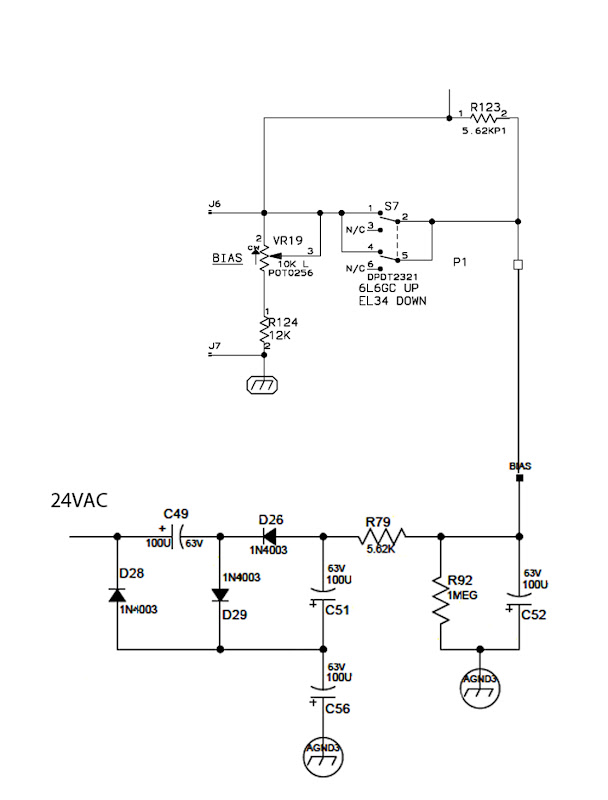Alright, but how do I know what value is best? Is it tuning by ear? Or should I be measuring something for an optimal value?
EDIT: wait, you are still talking about the power supply board. We have a miscommunication here, and I don't know how. I have said, a couple times, that I corrected the voltage divider on the power supply board and added a bias control. It has a 3K and 50K pot with a 22K limiting resistor. I could not get it hot enough with just 50K.
Now I have been talking about the power tube board this whole time.
I hope we are on the same page now..
EDIT: wait, you are still talking about the power supply board. We have a miscommunication here, and I don't know how. I have said, a couple times, that I corrected the voltage divider on the power supply board and added a bias control. It has a 3K and 50K pot with a 22K limiting resistor. I could not get it hot enough with just 50K.
Now I have been talking about the power tube board this whole time.
I hope we are on the same page now..




Comment